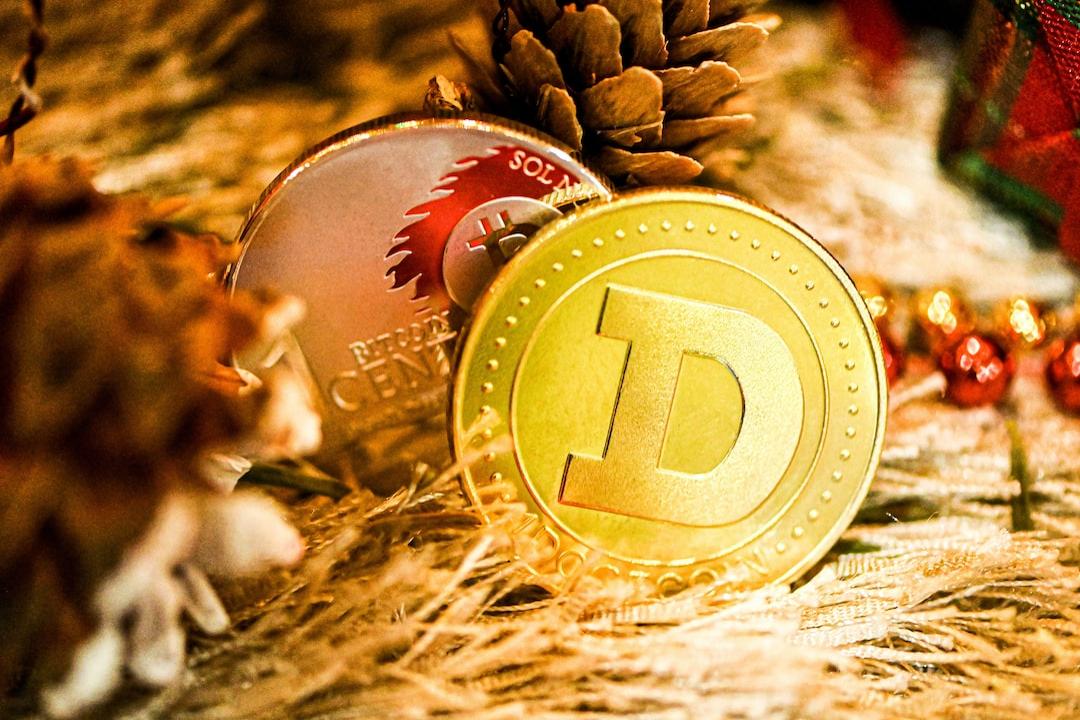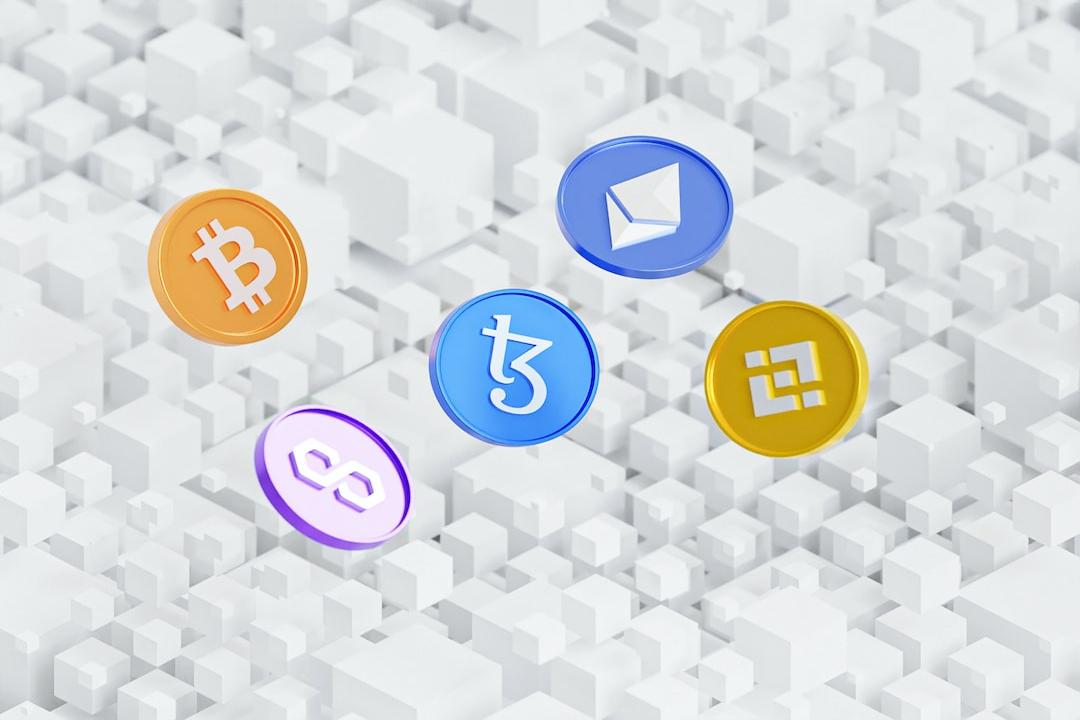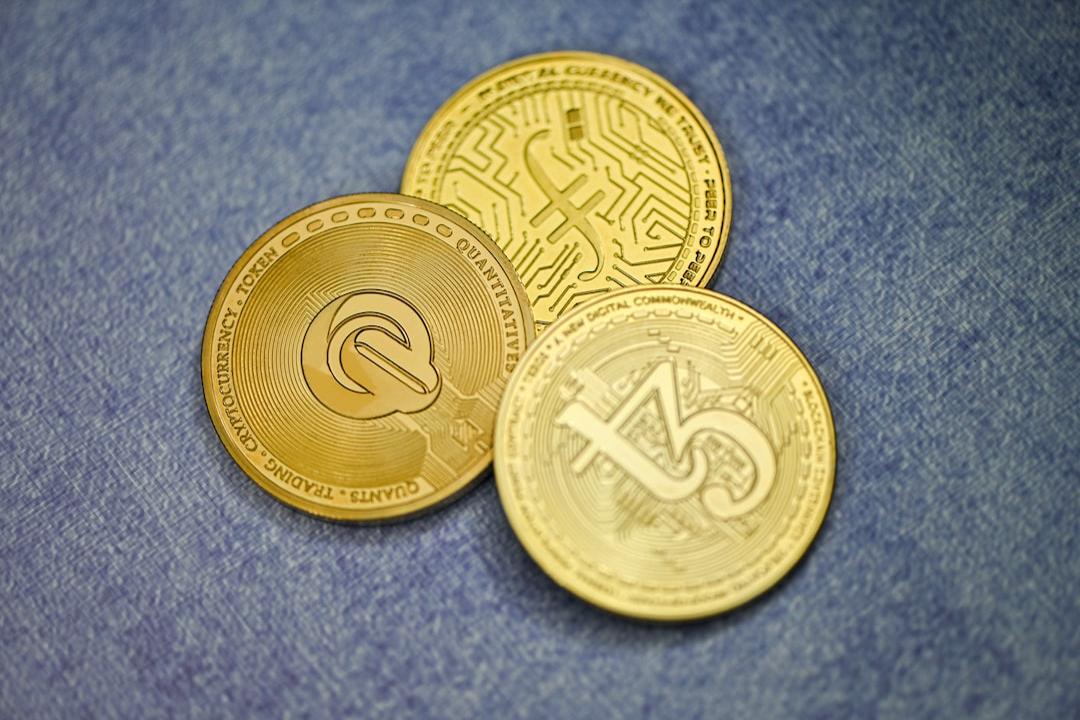Cryptocurrency has become a popular investment option for many people nowadays. However, the complex user interface of exchanges and the plethora of investment jargon often leave newcomers feeling overwhelmed.
In order to address this issue, “WEB3+” has launched a series of reports called “Cryptocurrency Investment Made Easy.” These reports aim to introduce readers to the correct concepts of cryptocurrency investment, as well as the underlying logic, innovation, and latest trends.
So, what exactly is liquidity mining?
Cryptocurrency mining created quite a frenzy in 2021, with users worldwide scrambling to get their hands on graphics cards. However, with the upgrade to Ethereum 2.0, the mining craze gradually subsided. Nevertheless, many exchanges now offer a service called “liquidity mining,” which has left many novice investors confused.
To understand liquidity mining, we first need to separate “mining” from “liquidity.” In the world of coins, any effort or action that leads to rewards is collectively referred to as “mining.” This includes traditional Bitcoin mining in the past, as well as the current practice of staking Ethereum. “Liquidity” refers to the ability of an asset to be converted into cash in the financial field.
Therefore, liquidity mining involves users providing “liquidity” to exchanges or decentralized protocols in exchange for corresponding token rewards.
The reason why liquidity mining exists is that traditional finance or financial products often face liquidity issues. In regulated environments, when market liquidity is insufficient, market makers come into play. Market makers are typically large banks or institutions that can buy or sell securities at any time to “make a market” and help create liquidity in the market.
However, in the world of cryptocurrencies, there are no strict regulations regarding liquidity. As a result, there can be liquidity problems when dealing with decentralized exchanges or more advanced exchanges. To incentivize users to provide liquidity, projects have developed liquidity mining programs.
How does liquidity mining work?
When users want to provide liquidity, they essentially provide tokens to a “trading pair.” A trading pair consists of two digital currencies. For example, if a user wants to mine the liquidity of the “ETH/USDT” trading pair, they need to deposit both ETH and USDT into the pool for that trading pair.
In this scenario, when other users buy or sell tokens, they will exchange ETH or USDT from the pool, and the user providing liquidity can earn some transaction fee income or additional rewards provided by the project. The earnings are usually in USDT or ETH.

Advantages and Risks of Liquidity Mining
Advantage: Retail investors can also provide liquidity
In the traditional financial world, it is generally difficult for retail investors to provide liquidity or earn transaction fees. Usually, only institutions or specific investors can do so, requiring a certain amount of capital.
Previously, users could only invest in financial products in the secondary market, but now they can directly provide liquidity in the primary market. However, liquidity mining in the blockchain world is open source and decentralized, so even users with only $10 in assets can easily participate.
Risk 1: Impermanent Loss
When investing, users can freely choose highly volatile trading pairs or less volatile ones, and the difference lies in the “impermanent loss” of liquidity mining. Impermanent loss is the most common and inevitable problem encountered in liquidity mining.
When a user deposits Token A and Token B into a liquidity pool, if Token A keeps rising, it means that the deposited Token A is continuously being exchanged, so the user will hold more and more Token B from the pool.
If a user chooses a highly volatile token, such as the recent popular “meme” coin against Ethereum, where the trading is hot, the transaction fees and the value of the token itself will keep increasing. If the user adds Ethereum and this “meme” coin to the pool at this time, assuming the “meme” coin keeps rising, the user will hold a significant amount of Ethereum.
This situation is fine as long as the “meme” coin or other altcoins have a significant increase, but the volatility of these coins can be very high, and the decline can be sudden. When the “meme” coin falls, the user’s Ethereum will keep being exchanged, resulting in holding more and more “meme” coins, leading to substantial losses for the user.

Therefore, when choosing a trading pair, Liao Weizhi, Deputy General Manager of the Marketing Department at ACE Digital Currency Exchange, suggests selecting more stable tokens, such as wrapped Bitcoin (wBTC) against ETH. This way, regardless of which token you hold, there won’t be significant losses.
Risk 2: Smart Contract Vulnerabilities
Currently, most liquidity mining occurs on decentralized protocols, which means they are executed through smart contracts. For ordinary users, the first thing they need to do is verify whether the contract has any vulnerabilities to avoid investing and having their funds taken away, resulting in a loss of both principal and interest.
Similar attacks occurred recently on the Curve Finance trading platform, causing millions of dollars in loss and affecting the native token price.
️ Further reading:
Willing to Offer 10% as a Reward to Hackers! Exchange Platform Curve Recovers Nearly 700 Million Funds, How to Successfully Negotiate on the Chain?
Risk 3: Rug Pull
Liquidity providers (usually individuals with large amounts of funding) suddenly exchange all the valuable assets in the pool, leaving behind assets with low value or a significant drop in value.
This situation can occur in some inadequately audited new tokens or untrusted liquidity pools. When the holder exchanges all the stablecoins and leaves only meme coins, other liquidity providers may find that the value of their assets has plummeted.
In this case, users with a small amount of liquidity may suffer significant losses because they are locked in a pool with a sharp drop in value.
This highlights the importance of conducting thorough risk assessments and due diligence when choosing liquidity pools, especially when it involves new tokens or highly volatile assets.

How to Liquidity Mine?
In the past, liquidity mining was done directly on the blockchain. However, in the past year or two, more and more exchanges have started to introduce tools or models for on-chain earnings into centralized exchanges.
For example, ACE has previously launched liquidity mining programs to help users pool funds for liquidity mining. Additionally, leading overseas exchanges like Binance allow users to directly mine liquidity by depositing two tokens in their platform, eliminating the need for decentralized interactions on the blockchain.
However, the cryptocurrency market has been in a very unfavorable state from last year to this year. The current returns from liquidity mining are also not substantial, so it’s not suitable to promote this product.
Furthermore, due to the current regulatory restrictions on cryptocurrencies in Taiwan, local exchanges cannot use users’ tokens or any assets, so they are unable to offer this service. They can only guide users to mine on the blockchain themselves. Overseas exchanges are less affected by these regulations, so many of them offer not only on-chain earning products but also various derivative products.
However, the level of risk in liquidity mining mainly depends on the choice of trading pairs and how individuals allocate their assets. If you choose a trading pair like “ETH/USDT,” which is stable for believers, you will earn profits regardless of which token rises, making it a relatively stable trade with lower risk for users. However, if you choose a meme coin trading pair, the risk will be very high.
Liao Weizhi suggests that it is generally more suitable for users who have a certain understanding of blockchain and know how to interact with protocols to engage in this type of investment.
※ This article does not constitute any investment advice. Please evaluate the risks carefully before investing.
Proofreading Editor: Gao Jingyuan

